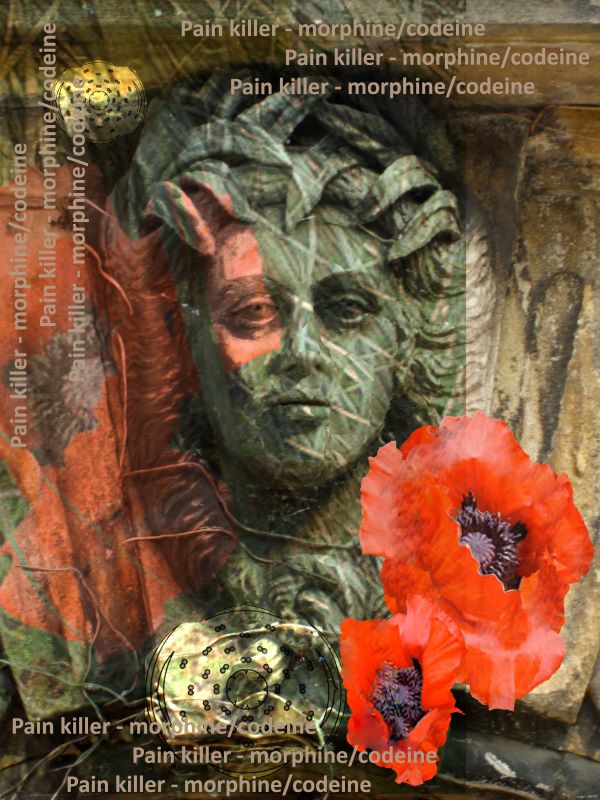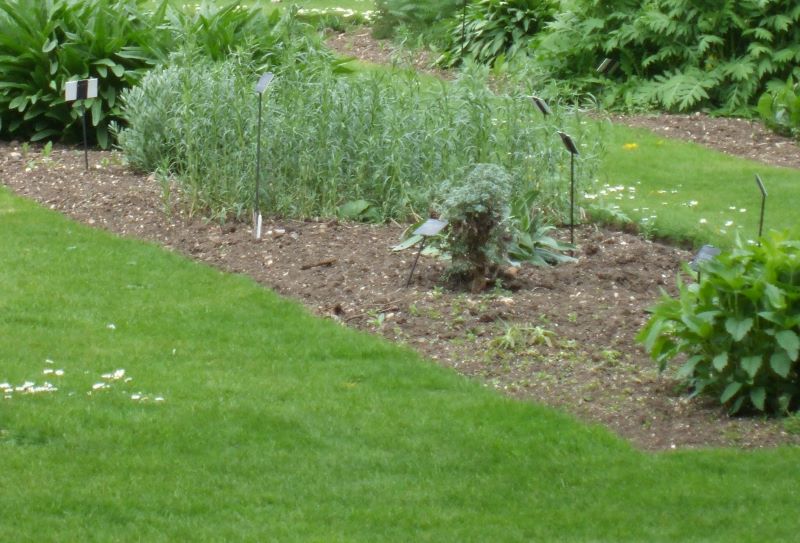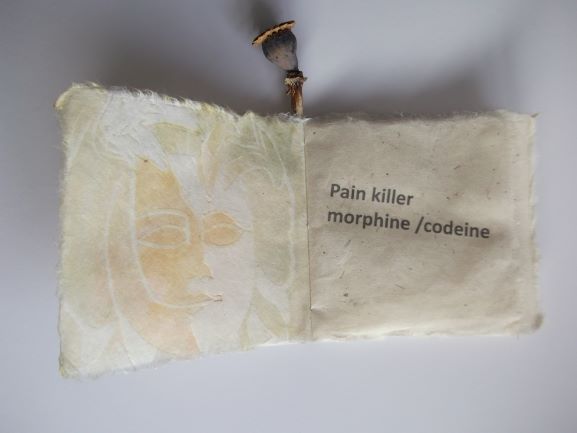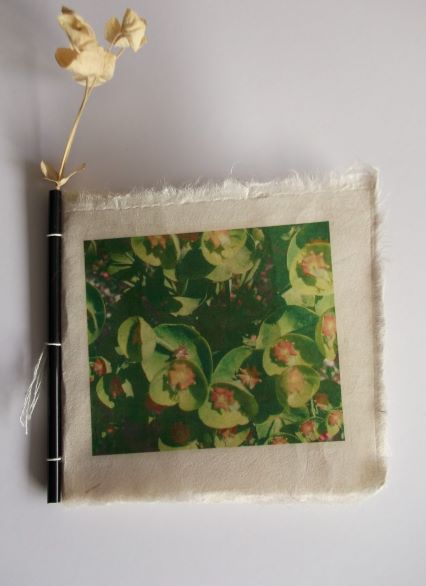It started with ‘Garden Secrets’, an exhibition I was involved in at the University of Oxford Botanic Gardens in 2012.

A group of artists including myself were asked to show some site-specific work at the Gardens. I had already made some artists books using Turn End Gardens as inspiration so to wander around another garden tempted me.
The visit took place in the winter before the London Olympics 2012 and some of the major beds were laid out with the meadow seeds as a trial for the Olympic park. The master plan for the park was developed by a consortium together with Professors James Hitchmough and Nigel Dunnett.
James and Nigel said “it was to be a demonstration of a whole new approach to the design and management of public landscapes: where ecology and sustainability is at the forefront, combined with a very strong aesthetic.”
Although there were no flowers at that time of the year the plants looked strong and as the picture shows the outcome was spectacular.
But the most interesting part of the gardens to me was the medical plant area in the Walled garden. Very traditionally laid out in the same format as when they were first laid in 1621 as a physic garden for the medical students at the University.

Dr Alison Foster https://thegardeningchemist.wordpress.com/about/ says in her book “This new medicinal quarter brings together a collection of plants that are central to conventional western medicine in the 21st century, plants are nature’s version of a chemical factory. As such they contain many different natural products, which may have interesting and useful medicinal properties”. The Medicinal Plant Collection at the University of Oxford Botanic Garden 2010
There are arguments that it is were the plants are grown that is important to the chemicals produced not just the plants and seeds themselves. Even if the plants are only grown for the seed bank storage this means they will be available to grow in the future and the plants will not be over collected. Dr Foster commented that the WHO reports that up to 80% of the world’s population relies on plants directly for some aspect of primary health care.
Several things came together in my mind and I made 4 prints on my hand-made paper and four small books about the medical properties of plants, included in each was a dried example of the plant seed.


